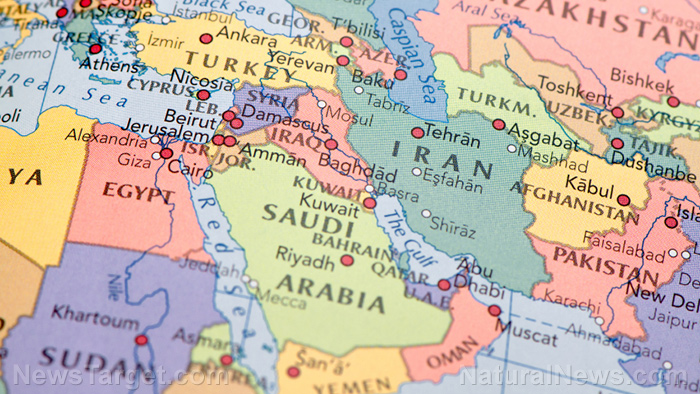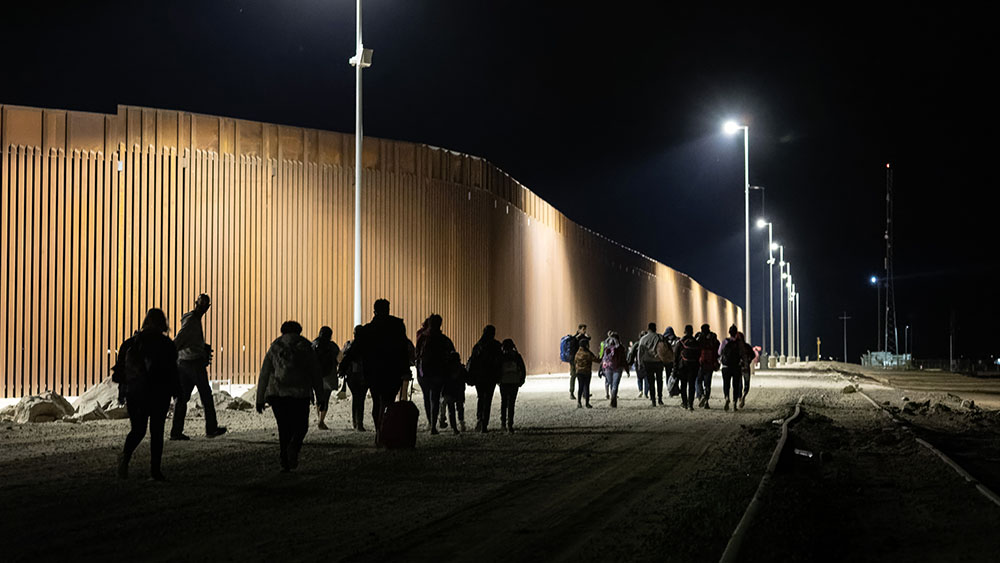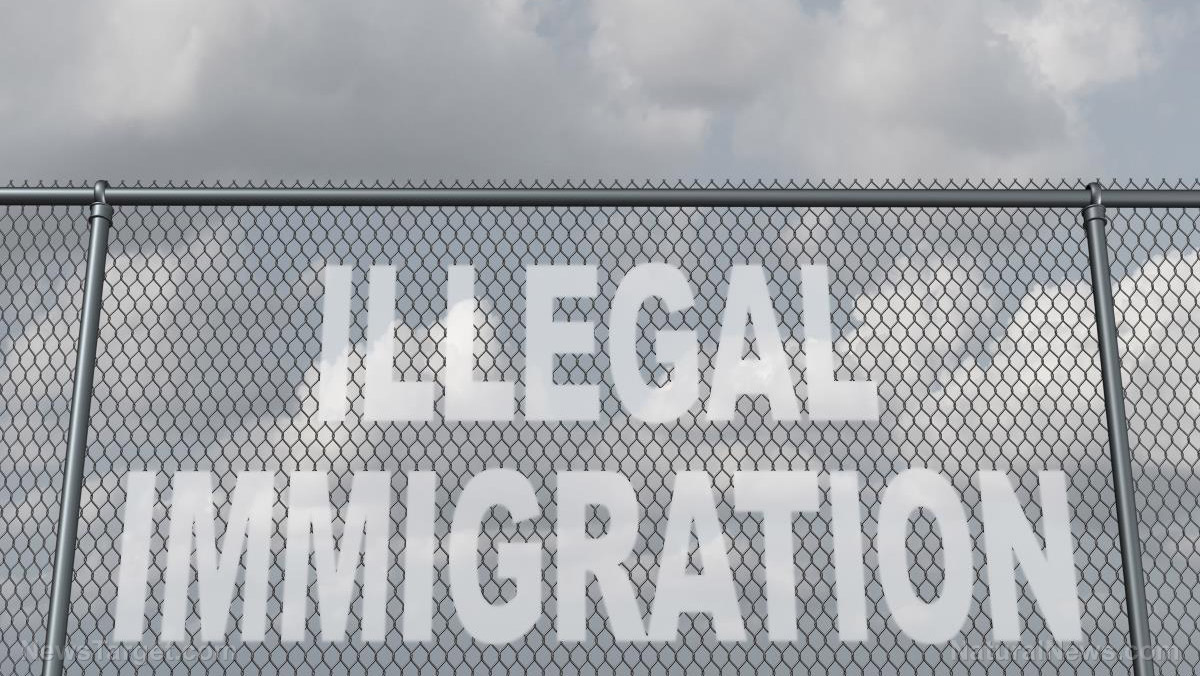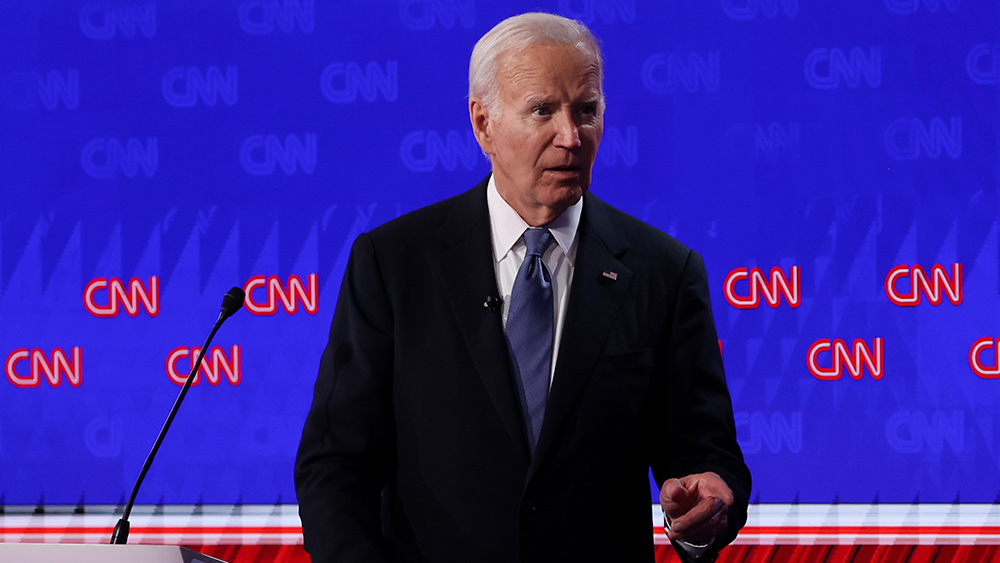SEWAGE from Mexico forces closure of San Diego beaches
07/05/2024 / By Ava Grace

Several beaches in San Diego have been ordered closed after sewage from Mexico caused dangerously high levels of bacteria to proliferate in the open waters.
Health officials in the city issued an updated caution and closure list, owing to sewage from the Mexican city of Tijuana. Water contact closures have been ordered for the Silver Strand Shoreline, Imperial Beach Shorelines and Tijuana Slough Shoreline along the United States-Mexico border. The following areas received advisories: La Jolla, Children’s Pool, Coronado, Coronado Lifeguard Tower, Ocean Beach, Dog Beach, the San Diego River exit, Mission Bay, North Cove and Vacation Isle.
Large yellow caution signs have been posted on the sand at Imperial Beach, which holds the unsavory title of being the country’s dirtiest.
Imperial Beach Mayor Paloma Aguirre and Terra Lawson-Remer, vice chair of the San Diego County Board of Supervisors, announced plans to seek state and federal assistance to address the city’s century-old sewage problem.
“We need our state and federal governments to declare a state of emergency. Our community deserves clean air and clean water, and we will not rest until this is resolved,” said Aguirre. Lawson-Remer also mentioned that city and county authorities will pursue “additional funding and support to discuss the public and economic impacts of the sewage crisis.”
Surfrider Foundation: California home to 3 of the most polluted beaches
According to a study by researchers from San Diego State University, heavy metals, harmful compounds and germs found in the water are being discharged into the atmosphere and stored in the soil. This discovery appears to line up with a discovery by the San Clemente, California-based nonprofit Surfrider Foundation.
Surfrider pointed out that the Golden State has three of the most polluted beaches in the country. The advocacy network stumbled upon this finding after it tested thousands of water samples collected from 567 sites nationwide. Of this 567, 64 percent of samples analyzed included at least one sample with dangerous bacteria levels.
A quarter of the samples collected came from California, with three of the state’s beaches ranking among the 10 most polluted.
Every sample from Imperial Beach – 100 percent – contained bacteria levels surpassing the state’s health requirement for recreational waterways. This was followed by Linda Mar Beach in Pacifica, where more than half of samples collected by the foundation contained dangerous bacteria levels. Lastly, 35 percent of samples collected from the mouth of the San Luis Obispo Creek in the eponymous city and county had elevated bacteria counts.
But even without testing, residents themselves experience the first-hand effects of pollution in the beaches. Resident Shannon Johnson said in March that she and her children no longer visit the beach. Despite this, her children remain exposed to the terrible odor from the beach as they attend school along the river valley.
Another resident said “it’s not just the water” that’s malodorous, as the bad smell also flies into the air – adding to their frustration. A third resident described the odor as “similar to being locked in a toilet,” with its intensity waking them up at night. The third resident sent a letter to city officials demanding urgent action on the matter. (Related: DON’T INHALE: Sewage from Tijuana is leaching into the air, water around San Diego.)
Head over to Pollution.news for similar stories.
Watch this video about how pollution spreads and reaches America’s beaches.
This video is from the Surviving Hard Times channel on Brighteon.com.
More related stories:
Geoengineering project in California may cause heatwaves in Europe, scientists warn.
Sources include:
Submit a correction >>
Tagged Under:
beaches, biosludge, California, california collapse, clean water, Collapsifornia, Dangerous, ecology, environment, Mexico, ocean health, San Diego, sewage, Surfrider Foundation, Tijuana, toxic water, unsafe, untreated sewage, water samples
This article may contain statements that reflect the opinion of the author
RECENT NEWS & ARTICLES
COPYRIGHT © 2017 NATIONAL SECURITY NEWS





















